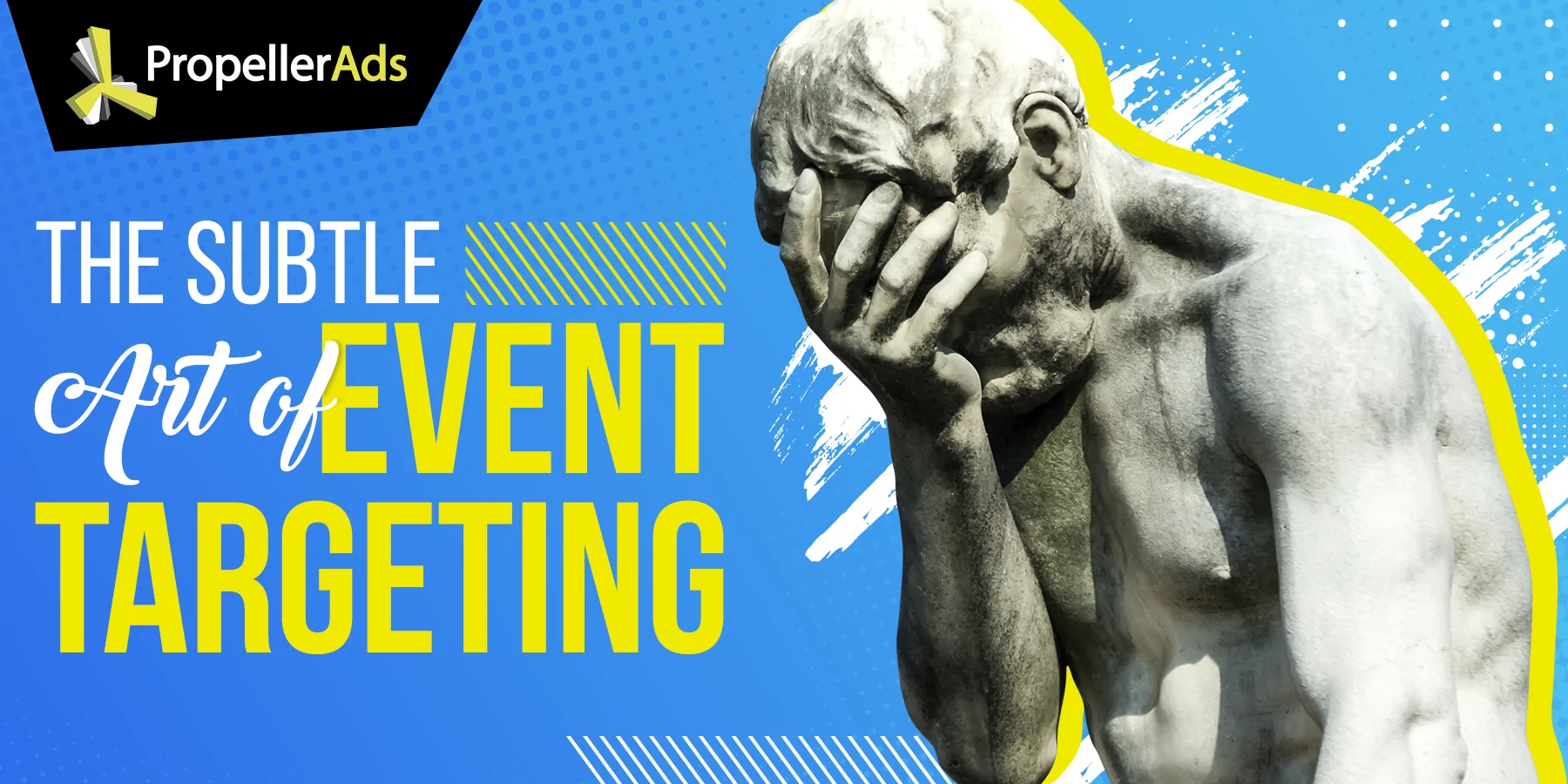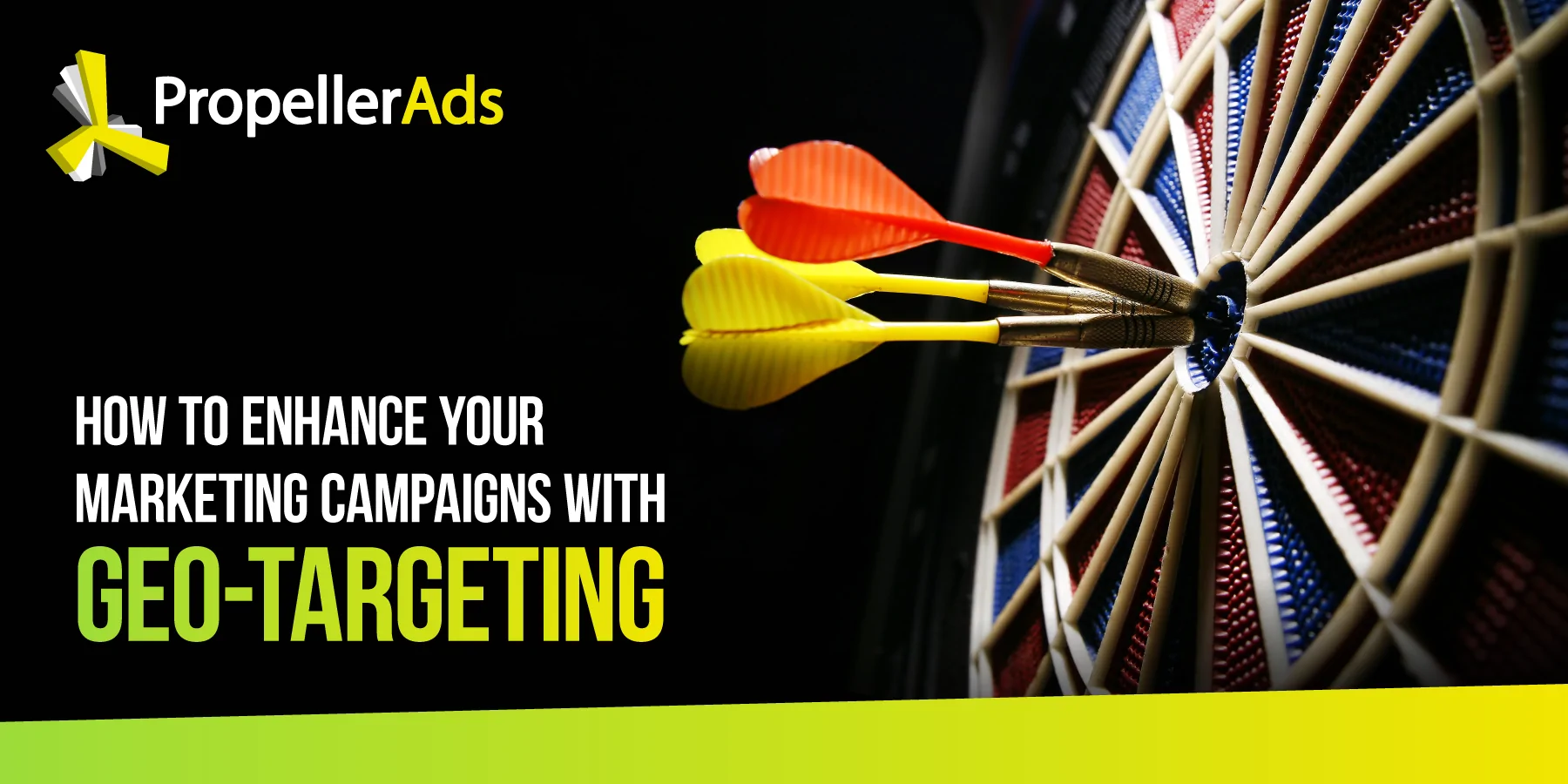Connection Type and Mobile Carrier Targeting: Why Bother?
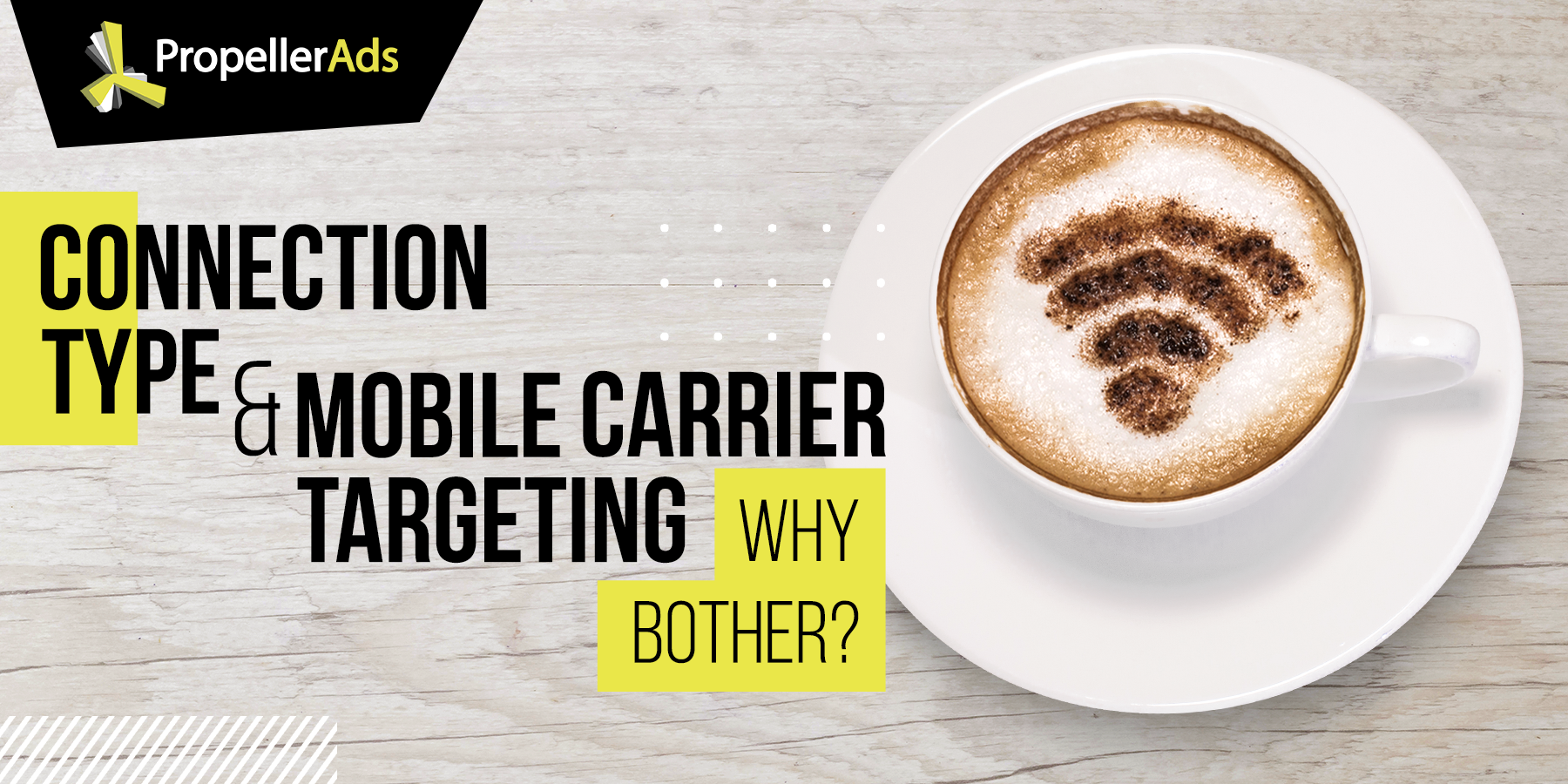
This post is also available in:
PT
Superhero movies, books, and shows are one of the hottest trends today. It’s almost normal to find yourself daydreaming about having super strength, bulletproof skin, or the ability to use those mysterious targeting settings that help boost the performance of your campaign.
Alright, alright, the average person may not find themselves thinking about the last one all that much. But, the truth is that many affiliates struggle to understand, let alone use advanced targeting settings properly.
Despite the fact that many are familiar with GEO and device filters, not all marketers know about advanced settings such as connection type and mobile carrier targeting.
Below, we’ll go over the definition of mobile carrier targeting as well as connection type targeting. We’ll also tell you why you should leverage these settings to help bolster the performance of your campaign.
What is Connection Type and Mobile Carrier Targeting?
There’s a strong chance you’re familiar with targeting settings like GEO and other common traffic refinement options.
Mobile carrier and connection type targeting are two advanced options that serve the same purpose. As the name suggests, they help you narrow down traffic based on the mobile internet service provider (ISP) or the type of connection that’s being used which is either a cellular network or WiFi connection.
It’s worth noting that connection type and mobile carrier targeting should not be used on their own. They should always be paired with GEO, device, OS, and other common filters you would normally use in your campaign.
There are many benefits of using connection type and mobile carrier targeting. Because you can filter the audience, you can exponentially improve your campaigns KPIs. You can also produce higher quality leads and build more profitable campaigns.
But, you should also keep in mind that you can end up with minimal amounts of traffic if you don’t use targeting properly. You should always take your time and learn how to use these superpowers before making any major changes to your campaign’s targeting settings.
Connection Types
As we mentioned before, connection types can be classified into mobile or WiFi. Here are a few scenarios where you can use connection type and mobile carrier targeting to help boost your campaign.
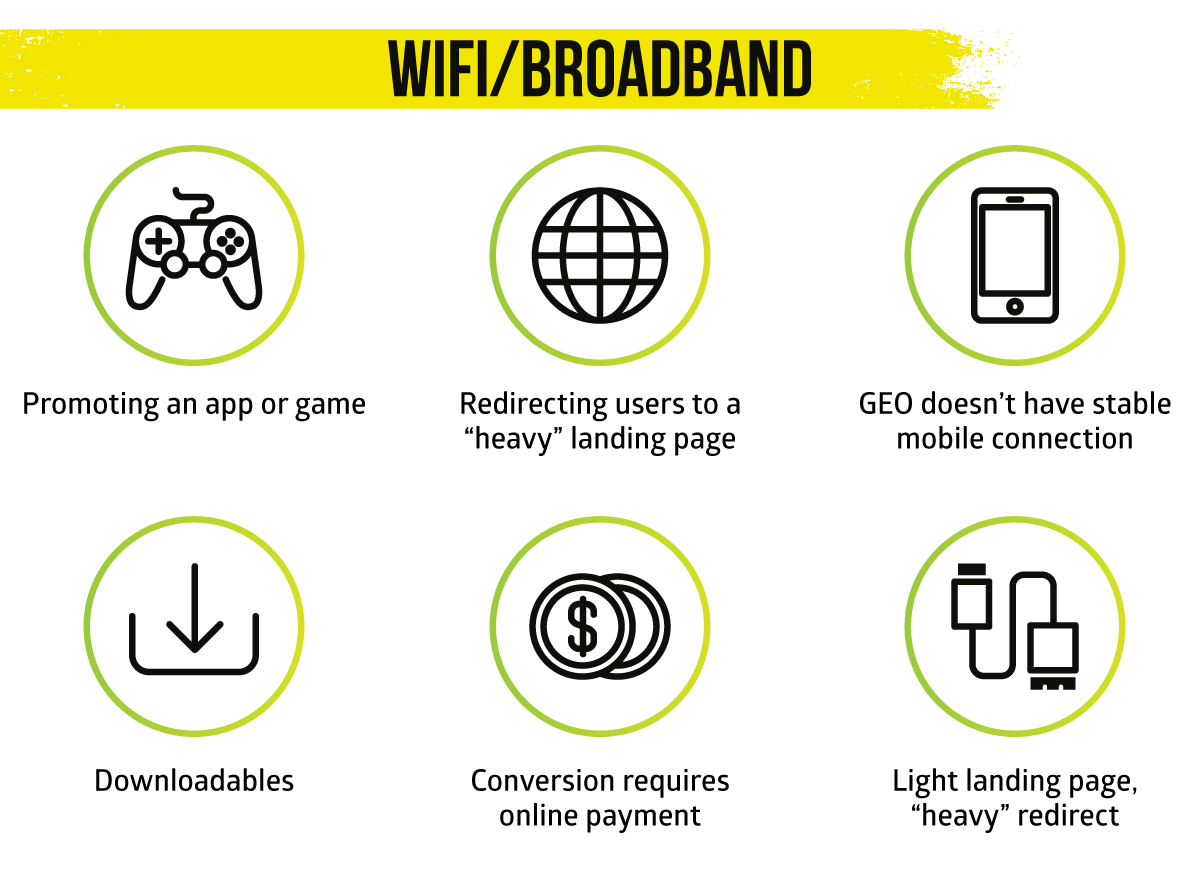
WiFi and Broadband
WiFi and broadband connections usually offer faster speeds, not to mention the fact that they don’t have a data limitation. Below, we’ll go over some reasons why you may want to specifically target WiFi connections.
-
Promoting an App or Game
Apps or games need to be installed and people are way more likely to do so when connected to broadband. Most people don’t have unlimited mobile data plans, so they tend to be conscientious of new installations.
-
Redirecting Users to a “Heavy” Landing Page
Big or “heavy” pages can take a long time to load on mobile networks, which compromises user experience. Instead, you can simply target devices connected via WiFi to ensure a smooth transition.
-
GEO Doesn’t Have Stable Mobile Connection
Even in developed countries, some rural areas and smaller towns don’t have stable mobile connections, which can translate to glitchy ads. This is even truer for most parts of Asia, South America, Africa, and other regions around the world with slower internet, so narrowing down WiFi connections can guarantee that your ads will always be displayed properly.
-
Downloadables
MP3s, ebooks, and funny clips add value to your ad, but users won’t want to take advantage of them unless they are on a WiFi connection!
-
Conversion Requires Online Payment
May folks have trust issues when it comes to cellular connections. Statistically speaking, users are way more likely to issue a payment or make a purchase on broadband or WiFi. So, instead of trying some form of trust exercise, simply cut out mobile networks and improve your chances of converting.
-
Light Landing Page, “Heavy” Redirect
In many cases, ads redirect users to a light landing page. But, once the users follow through, they end up on a page that takes ages to load. Chances are you won’t be able to revamp the offer page, so targeting WiFi connections is your best bet.
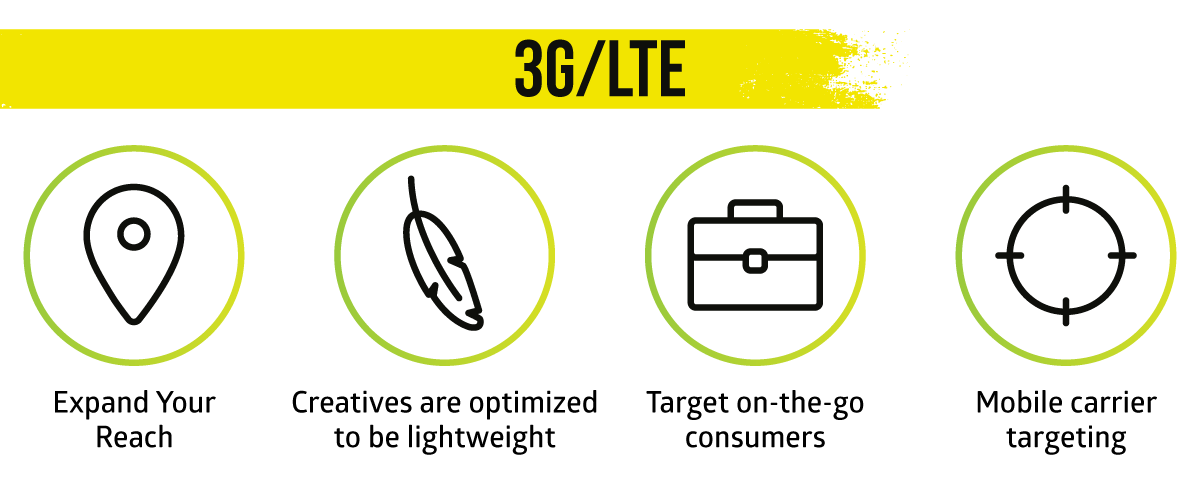
3G/LTE
Some scenarios where you may want to target mobile connections include:
Expand Your Reach
In high-growth countries such as India, Malaysia, Indonesia, Thailand, and China, millions of folks are starting to connect via mobile networks. Some of these users rely entirely on cellular networks, so targeting this specific type can expand your reach in these areas.
Creatives are Optimized to Be Lightweight
If you have crafted a campaign with optimized, light-weight ads then you can target mobile networks even if they are not the most stable.
Target On-the-Go Consumers
In the US, Europe, Japan, and Australia, 3G/LTE targeting allows you to reach your audience while they are on-the-go. This is ideal for travel, dating, delivery services, and ecommerce platforms, just to name a few.
Mobile Carrier Targeting
Targeting via mobile ISP is only available for 3G/LTE connections, so companies that don’t support these speeds don’t make the cut for this option.
That said, mobile ISP targeting allows you to narrow down carriers, so you can do your research and find out which is the most expensive or which one attracts the demographic you target. At the same time, this is extremely useful for advertisers that have carrier-specific mobile content offers.
Once you have changed the targeting options, you need to run A/B testing to identify the operators that work best for your campaign. Then, you can filter the underperformers and keep targeting the best providers long-term.
Have you tried connection type targeting? How were the results? Share your experience in the comment section below 🙂 Feel the need to discuss – here’s our Telegram chat.
